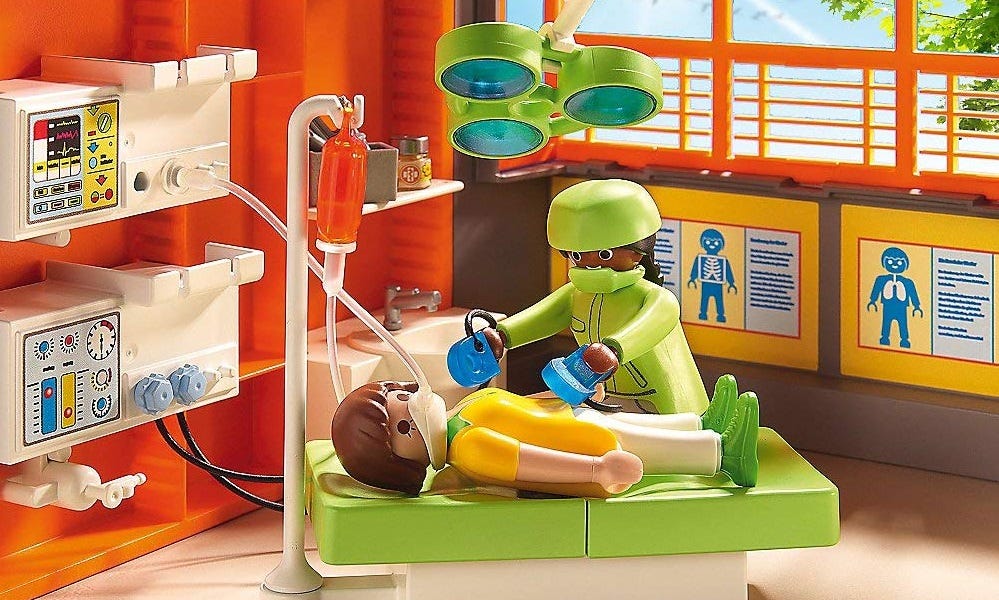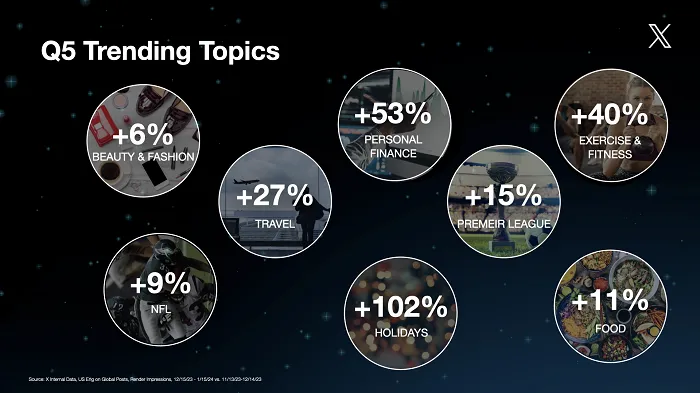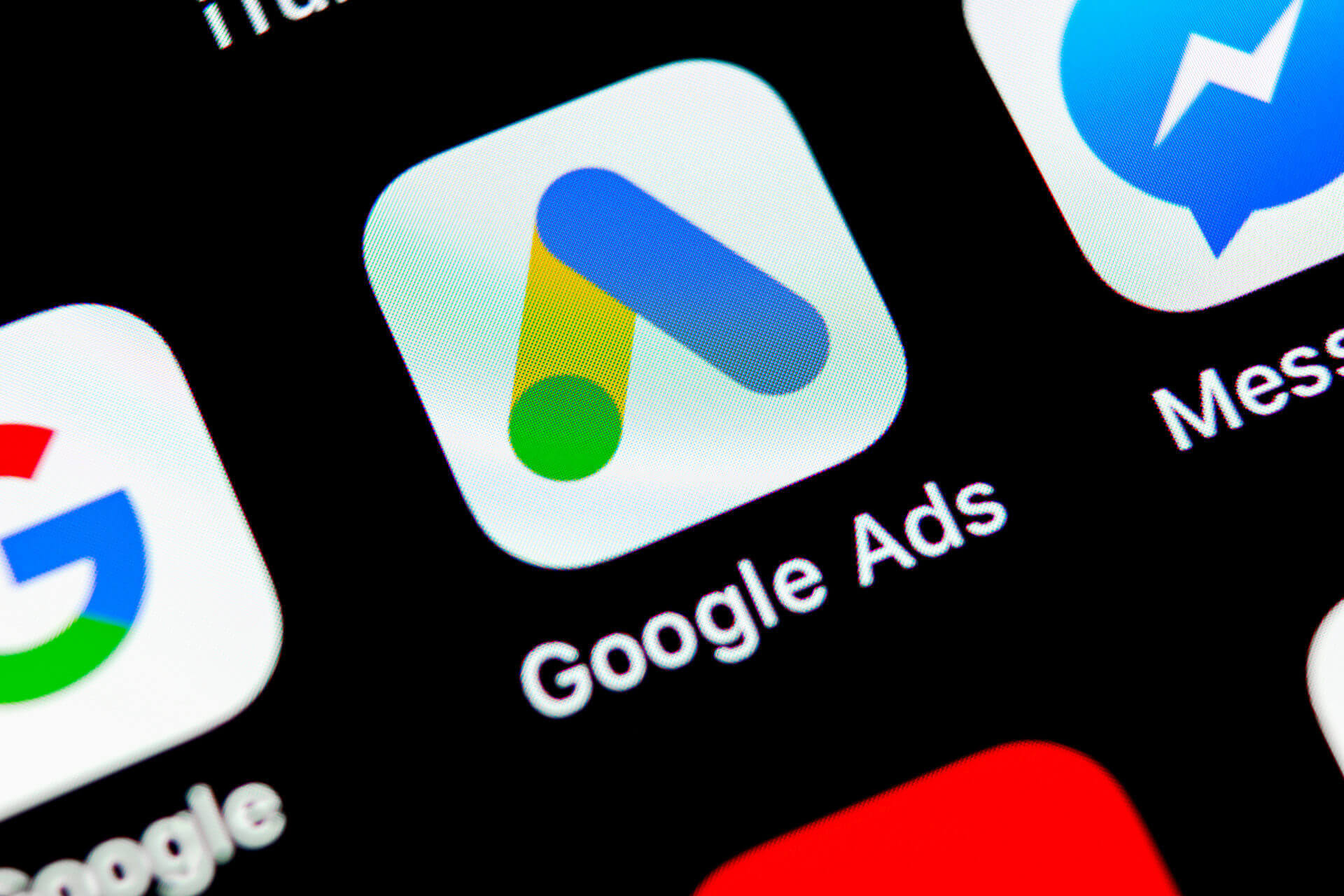Optical character recognition is one of the most transformative technologies to hit healthcare in a long time. But what is it, and how does it work? This blog article overviews optical character recognition’s advantages with examples of how OCR has been used in the healthcare industry.
What Is Optical Character Recognition?
Optical character recognition, or OCR, is a technology that converts scanned images into machine-readable text. OCR can be used to scan and convert printed documents, such as books, into digital text that can be edited, searched, and stored on a computer.
In recent years, OCR technology has come a long way, and today’s OCR software is very accurate. However, OCR is not perfect, and there are still some challenges associated with the technology. For example, OCR software may have difficulty recognizing handwriting or certain fonts. Additionally, OCR software may not be able to read damaged or faded text.
Despite these challenges, OCR remains a powerful tool for digitizing the text. When combined with other technologies, such as scanning and indexing software, OCR can help you turn your paper documents into digital files that are easy to search and use.
How Does Optical Character Recognition Work?
Have you ever wondered how your computer can read text from images and convert it into editable text? This process is called optical character recognition (OCR), which has been around for quite a while.
Here’s a quick rundown of how OCR works:
- First, the image of the text is fed into a unique program that isolates the individual characters.
- Next, each character is compared to a database of known characters. Based on the similarities, the program guesses what character it is looking at. Finally, the program outputs the text that it has recognized.
- OCR technology has come a long way in recent years and can now accurately recognize text from even poor-quality images. So next time you’re scanning a document or taking a picture of some text, rest assured that your computer will be able to read it!
Benefits Of Optical Character Recognition In Healthcare
There are many benefits of optical character recognition (OCR) in healthcare. One of the most apparent benefits is that it can help speed up the data entry process. By automating the data entry process, OCR can help reduce the time needed to input data into electronic health records (EHRs).
Another benefit of OCR is that it can help improve the accuracy of data entry. By using OCR to capture data from paper documents, there is less chance for errors when inputting the data into EHRs. OCR can also help with the retrieval of information from EHRs. For example, suppose a patient’s medical history is stored in an EHR, and a physician needs to access that information. In that case, they can use OCR to search and retrieve the desired information quickly.
Overall, OCR can help improve the efficiency and accuracy of data entry in healthcare. This can lead to better decision-making, improved patient care, and lower costs.
Drawbacks Of Optical Character Recognition In Healthcare
There is no denying that optical character recognition (OCR) has made life much easier for healthcare professionals. By automating the data entry process, OCR can help reduce the time and resources needed to input patient information into electronic health records.
However, there are some drawbacks to using OCR in healthcare. One major concern is that OCR can introduce errors into patient records. The resulting patient record could contain inaccuracies if a document is scanned incorrectly or the OCR software misreads a character. This could lead to severe consequences, such as misdiagnosis or incorrect treatment.
Another drawback of OCR is that it can be slow and tedious to set up. To get accurate results, OCR software often needs to be “trained” on a specific document type. This can be time-consuming, and it may not be possible to train the software on the different types of documents that a healthcare facility uses.
Finally, OCR can be expensive. Although the upfront cost of the software may not be prohibitive, there can be significant costs associated with scanning documents and maintaining accuracy over time. Despite these drawbacks, OCR still has the potential to be a valuable tool for healthcare organizations.
Examples Of OCR Applications In Healthcare
There are several different ways that OCR can be used to help streamline processes and improve patient care. One area where OCR can be beneficial is in healthcare. For example, OCR can be used to scan and digitize patient medical records. This can make it much easier for doctors and other healthcare professionals to access a patient’s history and quickly find the necessary information.
OCR can also scan prescriptions and other documents, which can help reduce errors and improve patient safety. In addition, OCR can be used to create digital forms that can be quickly completed and stored electronically. This can save time and paper and make tracking and managing patient data easier.
Overall, OCR can be a helpful tool in various healthcare industries. By making information more accessible and easy to manage, OCR can help improve patient care and make things run more smoothly in a busy healthcare setting.
Conclusion
Optical character recognition is an essential tool in healthcare, allowing for the quick and accurate digitization of medical records. This can save time and improve accuracy when it comes to patient care. While there are a few different ways that optical character recognition can be used in healthcare, the most common way is through scanning documents into a computer system. This process is relatively simple and can be done quickly, making it a valuable asset for any healthcare facility.
Optical character recognition can be a valuable tool for any healthcare facility that wants to improve its efficiency and accuracy. By digitizing medical records, optical character recognition can save time and help ensure patients receive the best care.







































































